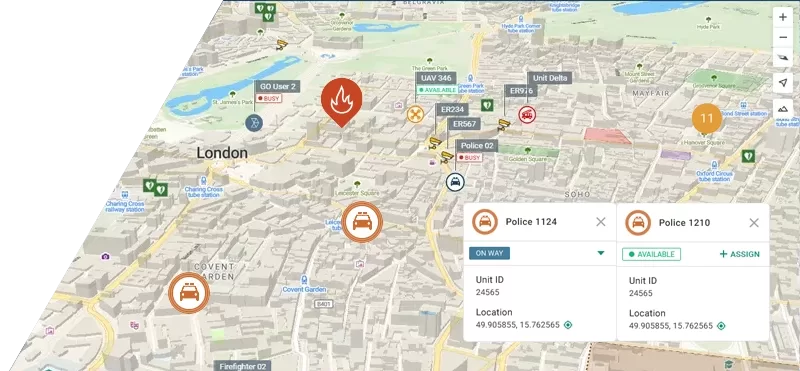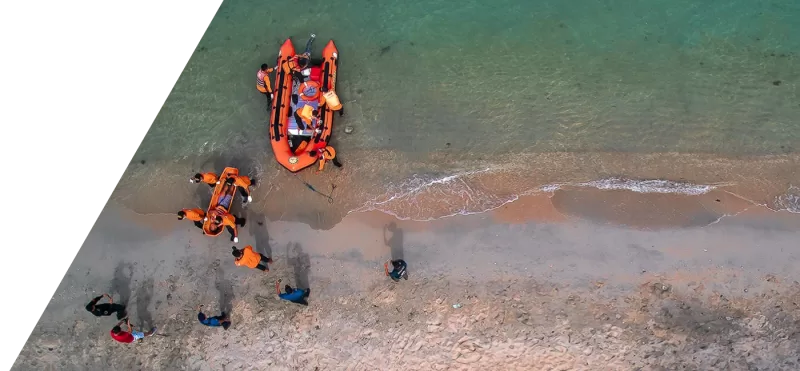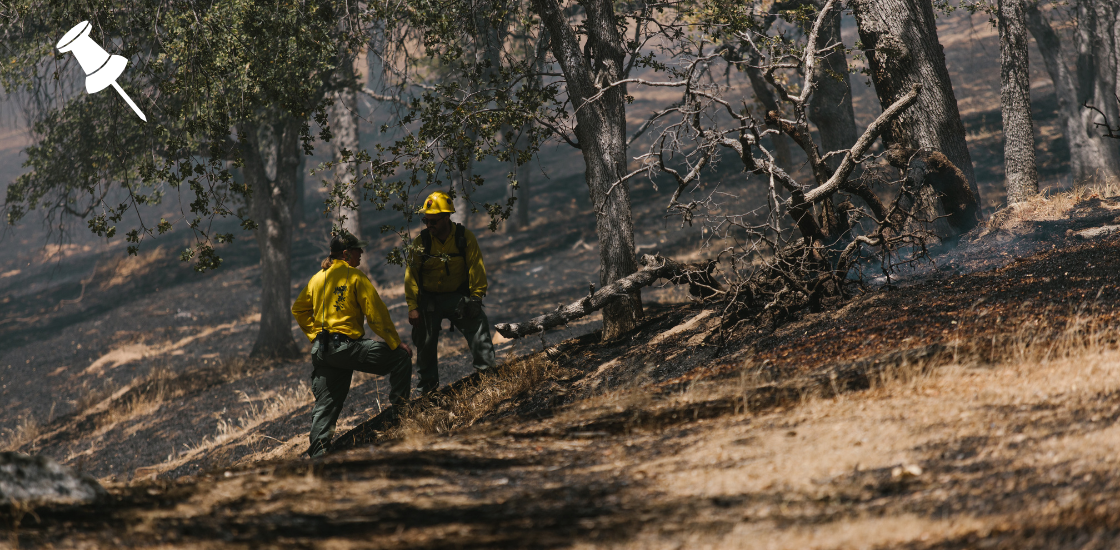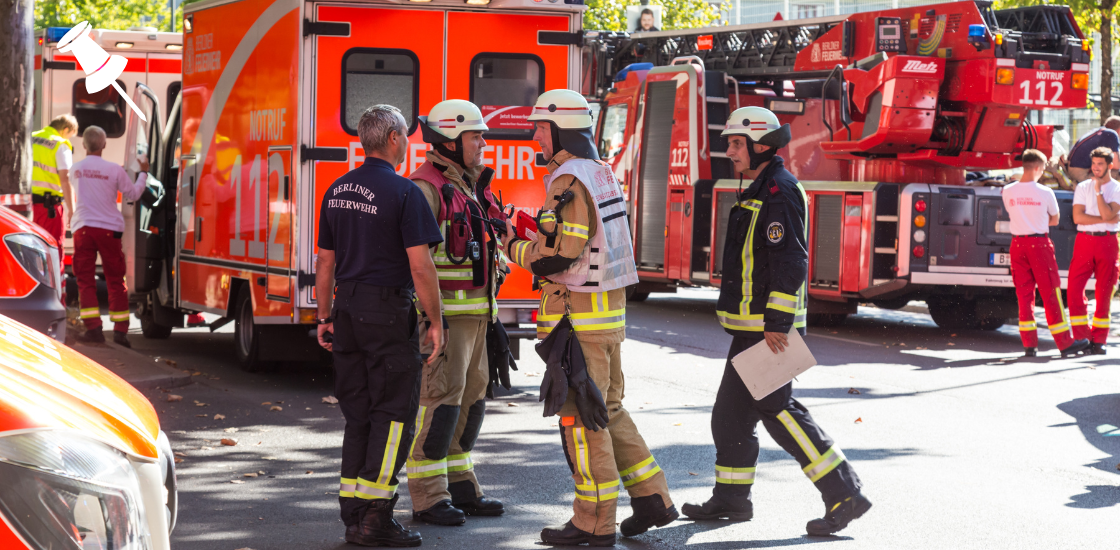In the United States, the number 911 serves as a critical lifeline for individuals facing emergencies. Whether reporting a crime, requesting medical assistance, or alerting authorities to a fire, callers expect rapid, coordinated support. But behind each emergency call lies a highly structured workflow involving trained professionals and advanced dispatch technology.
How are 911 calls dispatched in the U.S.? This article explains the full process – from the initial emergency call to the deployment of response units. While dispatching is often associated with radio communication and unit tracking, it is important to recognize that the process begins much earlier, with call intake, triage, and initial decision-making.
Table of Contents
Initial Call Handling: The Role of PSAPs and Call-Takers
When an individual dials 911, the call is routed to the nearest Public Safety Answering Point (PSAP). These facilities serve as the first line of contact in the emergency response chain and are staffed by trained call-takers responsible for gathering essential information. Their primary objective is to determine the nature of the emergency, confirm the caller’s location, and assess whether there is an immediate threat to life or property.
Most PSAPs are equipped with Enhanced 911 (E911) technology, which provides approximate location data based on landline records or mobile GPS positioning. However, this information is not always precise, particularly in remote or high-density urban areas. As a result, location verification remains a critical component of the call-taker’s responsibilities.
This stage is not only foundational to the dispatch process but also demands significant interpersonal and technical skill. Call-takers must maintain composure under pressure, communicate clearly with distressed callers, and accurately record incident details in real time – all while adhering to operational procedures. For a more detailed overview of how PSAPs function within the public safety ecosystem, including their structure, roles, and evolving responsibilities, refer to our article Understanding PSAP in Public Safety.
Triage and Prioritization: Structured Protocols in Action
Following the initial intake, call-takers rely on standardized emergency dispatch protocols to guide the classification and prioritization of incidents. These may include Emergency Medical Dispatch (EMD), Emergency Fire Dispatch (EFD), or law enforcement-specific frameworks, each designed to support accurate and consistent decision-making across jurisdictions.
These protocols typically involve a structured series of questions that help determine the severity of the situation, the resources required, and the urgency of response. Many PSAPs implement protocol software that ensures compliance with national standards and provides decision support during rapidly evolving incidents.
The prioritization of incidents during this stage is critical. It ensures that available emergency response resources are directed where they are needed most. If multiple services are required, the call may be transferred or escalated for multi-agency coordination.
For a closer look at how law enforcement-specific calls are categorized and acted upon in the dispatch center, see our article How Are Police Calls Dispatched, which offers insight into how dispatchers use real-time data to assign and support responding units.
How Are 911 Calls Dispatched: From Call Intake to Response
Once the call is triaged and categorized, the responsibility shifts to the dispatcher – either the same person in a dual-role model or a separate dispatcher working in tandem with the call-taker. At this stage, computer-aided dispatch (CAD) systems are the cornerstone of real-time decision-making and resource management.
CAD platforms allow dispatchers to view active incidents, monitor available units, and coordinate response operations efficiently. Integration with automatic vehicle location (AVL) systems, digital logging tools, and real-time communication features ensures all responding units receive timely and accurate information.
As we detail in 911 CAD Software: What It Is and Why It Matters, modern CAD systems are much more than dispatch consoles – they are integrated platforms that support entire emergency workflows. GINA Smart CAD, for example, enables dispatchers to manage incidents, communicate with field units, and adapt to evolving situations – all within a single, secure interface.
Bringing It All Together
The process of dispatching 911 calls involves far more than simply sending help. It is a highly coordinated, technology-supported system that begins with accurate call intake and continues through structured triage, dispatch assignment, and live incident management.
Understanding how this system functions provides valuable insight into the broader emergency response ecosystem. From the first word spoken by a caller to the moment help arrives, every link in the chain must function seamlessly. And with the support of platforms like GINA Smart CAD, public safety agencies are better equipped than ever to meet that challenge.

To learn how GINA Software can support your emergency operations, contact us or book a demo with our team.










